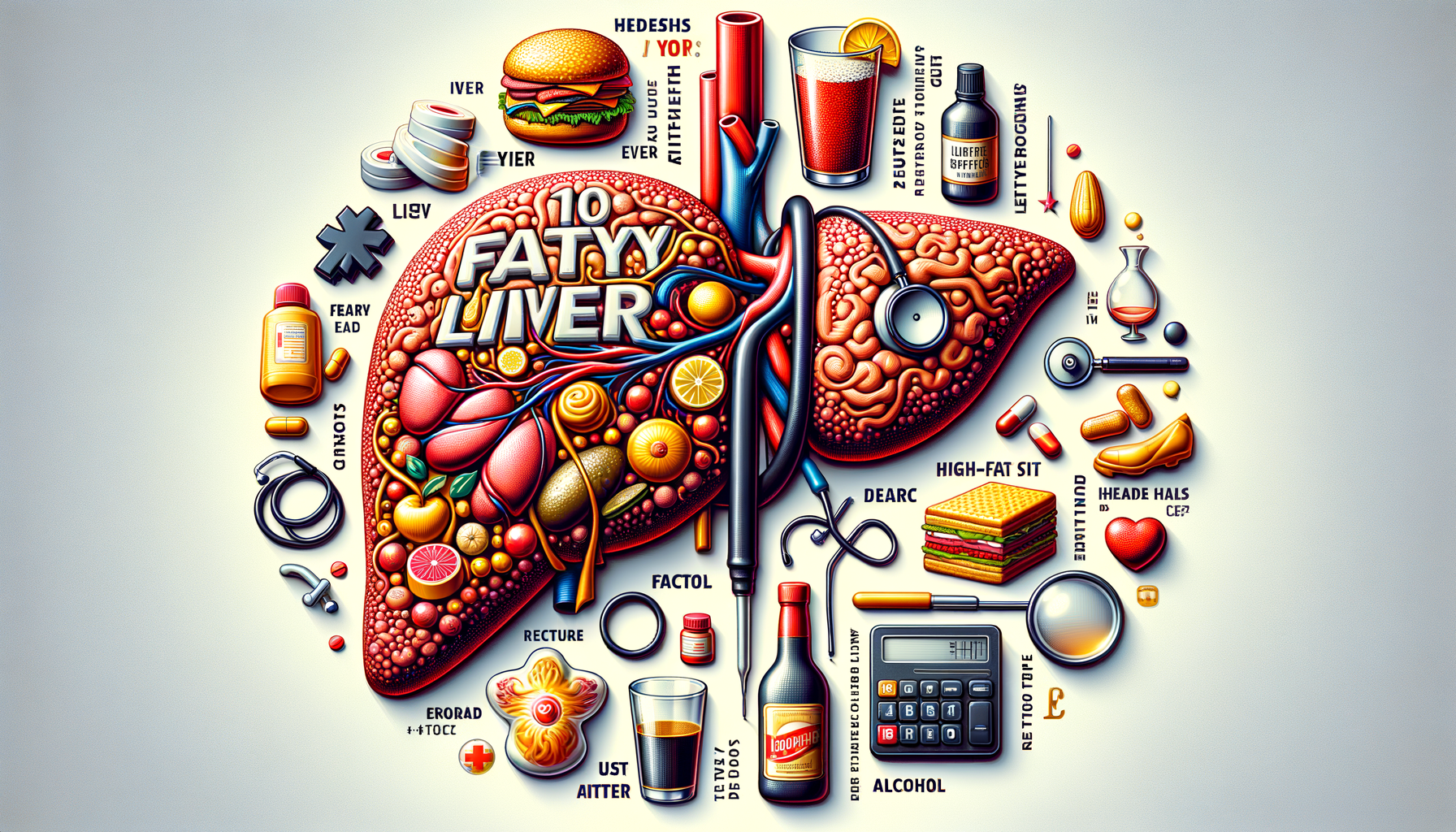Introduction to Fatty Liver Disease
Fatty liver disease, often overlooked, is a condition that affects a significant portion of the global population. It occurs when excess fat builds up in the liver cells, potentially leading to liver inflammation and damage over time. Recognizing the symptoms early can prevent further complications and improve health outcomes. This article explores the ten symptoms of fatty liver, providing valuable insights into this prevalent health issue.
Understanding Fatigue and Weakness
Fatigue and weakness are common symptoms of fatty liver disease, often mistaken for general tiredness. However, when these feelings persist despite adequate rest, they could indicate underlying liver issues. The liver plays a crucial role in energy production, and when it is compromised, it can lead to a continuous state of tiredness. It’s essential to differentiate between ordinary fatigue and the chronic exhaustion associated with liver problems.
Individuals experiencing persistent fatigue should consider consulting a healthcare professional, especially if accompanied by other symptoms. Recognizing this early can lead to timely interventions and lifestyle changes that may alleviate the condition.
Abdominal Discomfort and Pain
Abdominal discomfort, particularly in the upper right side, is another indicator of fatty liver disease. This discomfort arises as the liver enlarges due to fat accumulation, pressing against other organs and structures. The pain can range from a dull ache to sharp and severe, varying in intensity and duration.
Understanding the nature of this pain is crucial. If you notice persistent or recurring pain in this area, it may be worthwhile to seek medical advice. Early detection and diagnosis can prevent further liver damage and improve quality of life.
Unexplained Weight Loss
While weight gain is often associated with fatty liver, unexplained weight loss can also be a symptom. This occurs as the liver struggles to process nutrients and maintain metabolic functions. When the liver’s efficiency declines, it can lead to a loss of appetite and subsequent weight loss.
If you experience sudden or unexplained weight loss, it is essential to consider all potential causes, including liver health. Consulting a healthcare provider can help determine the underlying issues and guide appropriate treatment plans.
Jaundice and Skin Changes
Jaundice, characterized by yellowing of the skin and eyes, is a more severe symptom of liver dysfunction, including fatty liver disease. It occurs when the liver cannot adequately filter bilirubin from the blood. Alongside jaundice, individuals may notice changes in skin texture, such as itchiness or dryness.
These symptoms should not be ignored, as they indicate significant liver distress. Seeking medical attention promptly can lead to early intervention, potentially reversing the effects and preventing long-term damage.
Conclusion: Monitoring and Managing Fatty Liver Symptoms
Recognizing the symptoms of fatty liver disease is a critical step in managing and potentially reversing this condition. By understanding the signs, such as fatigue, abdominal pain, unexplained weight loss, and jaundice, individuals can seek timely medical advice and make necessary lifestyle changes. Early detection and intervention are key to maintaining liver health and preventing more severe complications.
Maintaining a healthy lifestyle, including a balanced diet and regular exercise, can significantly impact liver health. Regular check-ups and open communication with healthcare providers can also play a vital role in managing fatty liver disease effectively.








